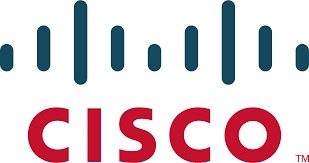Cisco just dropped a 51.2 terabit-per-second gauntlet in Broadcom’s direction. The Silicon One P200 chip and 8223 routing system target the exploding market for distributed AI data centers—those geographically spread operations where massive language models get trained across hundreds of miles of fiber optic cables.
Your data center architecture decisions just got more interesting. Broadcom’s Jericho networking chip has owned this space like Netflix owns Thursday nights, but Cisco’s new hardware closes performance gaps that previously made distributed AI workloads a pipe dream for most operators.
The P200’s deep-buffer architecture prevents the packet loss that kills expensive GPU utilization rates. When your AI training jobs span multiple data centers, every dropped packet means wasted compute cycles on hardware that costs more than luxury cars.
Smart Architecture Meets Real-World Operations
Here’s where Cisco gets clever with your operational headaches. The chip’s reprogrammable architecture means you can adapt network behavior without ripping out hardware every time AI workloads evolve. Think of it as firmware updates for infrastructure that typically requires forklift upgrades.
Microsoft and Alibaba are already evaluating the platform, according to Cisco—a signal that hyperscale operators see genuine competitive value versus their existing Broadcom deployments. The 8223 routing system packs this performance into a more compact form factor, maximizing rack efficiency while supporting 400/800 Gbps interfaces over long-haul optical connections.
The deep buffering efficiently manages bursts in data transfer, preventing packet loss during congestion and maximizing resource utilization—critical for AI workloads where GPU resources are costly and downtime means significant lost investment.
The Competitive Stakes Get Higher
This isn’t just another product launch—it’s Cisco directly challenging Broadcom’s stranglehold on high-performance, multi-site AI infrastructure. For procurement teams evaluating distributed AI strategies, having viable alternatives means better negotiations and accelerated feature development from both vendors.
The timing matters. As AI workloads demand more geographic distribution for latency and regulatory reasons, the networking layer becomes mission-critical infrastructure. Your next infrastructure refresh might finally have options beyond Broadcom’s ecosystem.
Competition tends to benefit buyers. Cisco’s aggressive move into Broadcom’s territory should drive innovation cycles faster while giving enterprises leverage in vendor negotiations—exactly what distributed AI infrastructure needs.





























